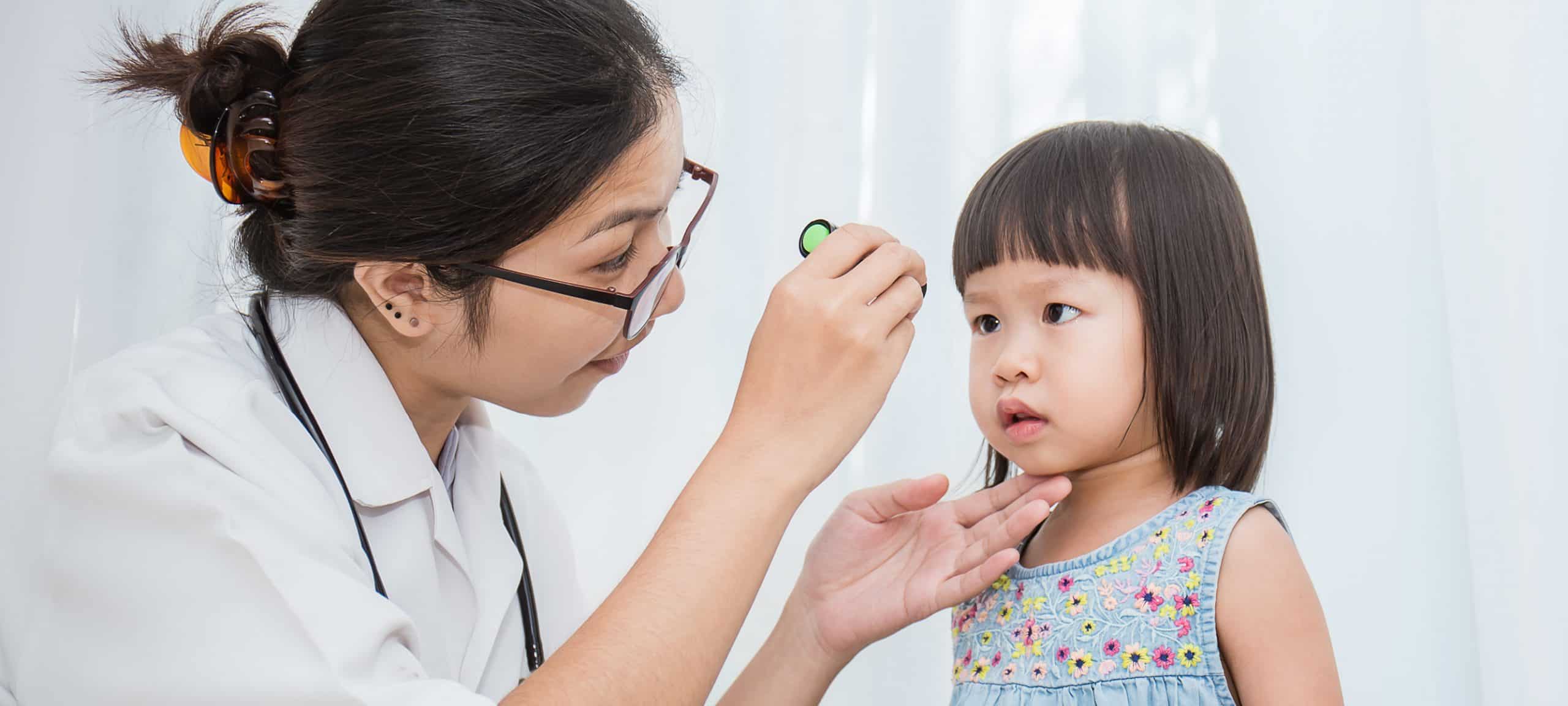Reducing the Progression of Myopia in Children
Myopia is rapidly becoming a serious public health concern worldwide, yet new research1 shows that 65% of Australian parents (with children 0-17 years old) and 69% of New Zealand parents do not know what myopia is, and only 12% of parents in both countries recognise the health risk that their children might develop later in life from child myopia.
This is of significant concern given that high myopia (a refractive error of at least -5.00D in either eye) is also associated with comorbidities including retinal detachment, glaucoma, cataracts and myopic maculopathy.2 The risk of developing any of these conditions increases along with any increase in myopia.
It has been established that managing myopia in its early stages can slow its progression. Reducing the potential risk of developing high myopia and its associated conditions later in life.3 This not only involves correcting the blurred distance vision associated with myopia but also employing treatments and strategies proven to slow the progression of myopia in children.
What Can You Do?
- Monitor eyesight and eye health with regular eye exams by a qualified optometrist
- Spend more time outdoors. A recent study showed children who spent an additional 40 minutes outdoors each day were at less risk of developing myopia
- Act early and speak with an optometrist as soon as symptoms emerge
Why Management is Important
It is not only eyesight that suffers. It is important to remember that the impact of myopia is personal and can affect an individual’s quality of life. Higher degrees of myopia can not only be visually disabling, but also have financial, social and personal consequences.11
If a child has been diagnosed with myopia, it is vital that parents not only discuss how to correct their short-sightedness with their Optometrist, but also what management options are available to slow progression of myopia, and which will best suit the child and their lifestyle.
Slowing the progression of myopia is important to reduce the risk of developing high myopia and its associated conditions later.4 This is of significant concern given that high myopia is also associated with comorbidities including retinal detachment, glaucoma, cataracts and myopic macular degeneration. The risk of developing any of these conditions increases along with any increase in myopia.5
At Total Optical, we prescribe special contact lenses and spectacle lenses that may help to slow the progression of myopia.
- MiSight 1 day – the first soft contact lenses proven to slow the progression of short-sightedness (myopia) in children.
- MiyoSmart – MiyoSmart is an innovative spectacle lens for myopia control developed by Hoya together with its research partner, The Hong Kong Polytechnic University. Based on a two-year clinical trial results, MiyoSmart is proven to curb myopia progression by up to 59% and halt myopia progression by 21.5% with its award winning D.I.M.S technology.
1 CooperVision Australia and New Zealand: Child Myopia in Australia and New Zealand – Consumer Perceptions Surveys. Conducted by YouGovGalaxy August/September 2018, between Wednesday 29 August and Monday 3 September 2018. The sample comprised 1,003 Australian parents and 500 New Zealand parents of children at home aged 0-18 years.
2 Holden B; Fricke T; Wilson D; Jong M; Naidoo K; Sankaridurg P; Wong T; Naduvilath T; Resnikoff S. Global prevalence of myopia and high myopia and temporal trends from 2000 through 2050. American Academy of Ophthalmology 2016
3 Sankaridurg PR, Holden BA. Practical applications to modify and control the development of ametropia. Eye 2014; 28:134-141 4 Sankaridurg PR, Holdent BA. Practical applications to modify and control the development of ametropia. Eye 2014; 28: 134-141
5Holden B; Fricke T; Wilson D; Jong M; Naidoo K; Sankaridurg P; Wong T; Naduvilath T; Resnikoff S. Global prevalence of myopia and high myopia and temporal trends from 2000 through 2050. American Academy of Ophthalmology 2016

